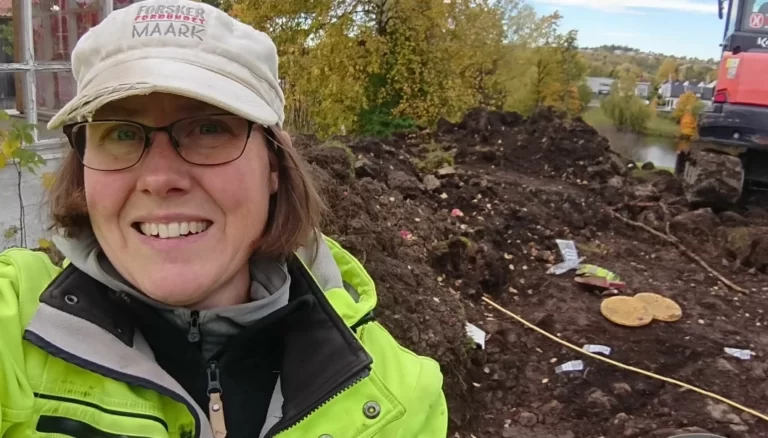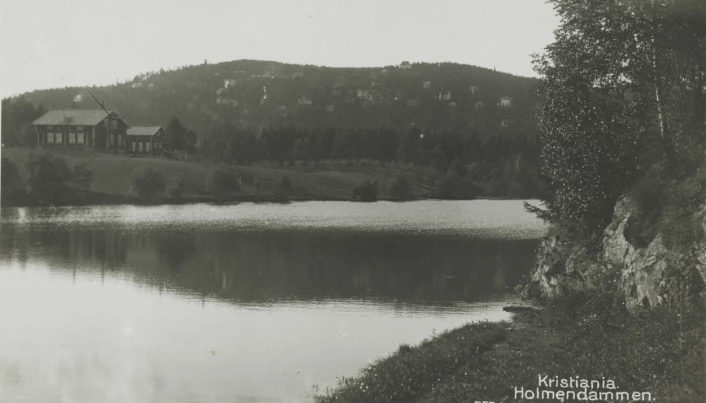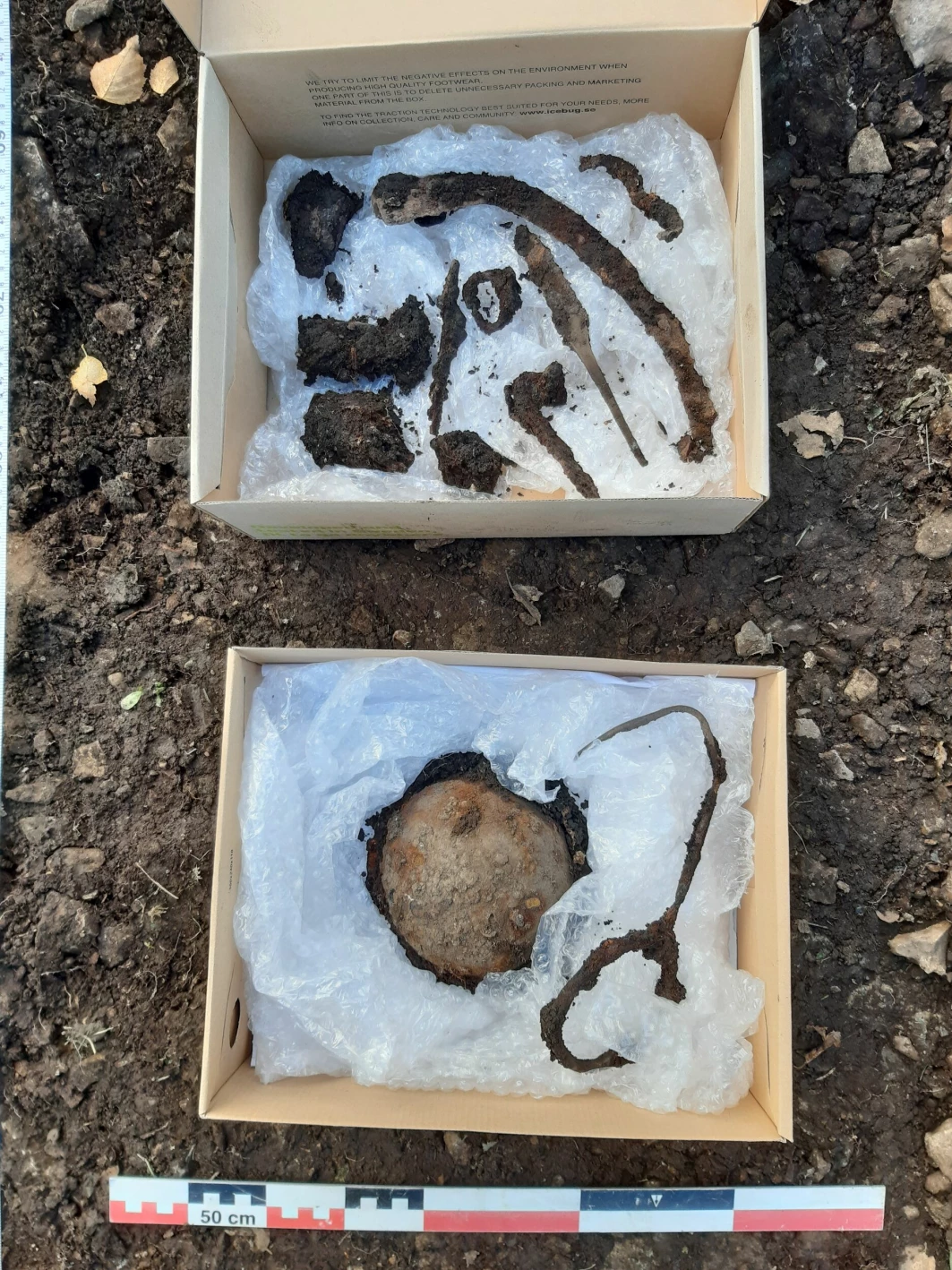For the first time, a Viking Age grave rich in artefacts has been found in Norway’s capital city, Oslo.
A grave containing the remains of a shield and a cape buckle were discovered during construction work in Oslo earlier this year. It’s a very rare find for Oslo.

The grave was found on the upper side of a small pond called Holmendammen. Perhaps this was a quiet area during the Viking Age, but today it’s a residential area on the west side of Oslo.
“This location has been a prominent hill, clearly visible in the terrain and with a great view,” said Marianne Bugge Kræmer to Science Norway. She works as an archaeologist at the Oslo Municipality Cultural Heritage Management Office.
Holmendammen was built at the beginning of the 20th century after the Holmenbekken was dammed. The dam was used to make ice.
“The grave was located directly under a thin layer of topsoil and turf right on the east side of the highest point on the site, with a fantastic view west over today's Holmendammen. This was a valley where the stream Holmenbekken flowed in ancient times,” said Kræmer.
A new house construction
Plans to build a new detached house on a plot of land by Holmendammen triggered an archaeological survey of the site. Kræmer was in charge of the resulting investigation.

An excavator was used to remove the top layer of soil. Because the project was a small, private initiative, the investigations were financed by the Norwegian Directorate for Cultural Heritage.
As archaeologists studied the site, the rich remains of a Viking grave were discovered. Human remains were uncovered along with many other objects.
Viking Age brooch
Archaeologists found fragments of a soapstone vessel and a celtic brooch. The brooch in particular is what dates the find to the Viking Age. Other items included a sickle, two knives, horseriding equipment and a shield boss.
The latter is the metal found in the centre of a wooden shield. Because wood usully disintegrates over centuries, the metal shield boss is often all that remains.
Read more: The History of the Vikings
“For now, the grave has been dated based on the artefacts it contains. This type of brooch with spheres begins to appear in approximately AD 850 and became common after the 10th century AD,” said Kræmer.
The brooch not only helps us date the find, but it also helps us understand who was buried here. “This kind of cape brooch was used by men. Along with the discovery of a shield boss it suggests that the deceased was a man,” said Zanette Tsigaridas Glørstad to Science Norway.

Glørstad is an archaeologist and associate professor at the University of Oslo’s Museum of Cultural History. She is working with the Holmendammen find at the museum to understand more about the objects.
Understanding more about the Viking Age
Archaeological finds allow us to extract a lot of information and understanding about times long gone.
Read more: Researching the Viking Age
In some cases, DNA can even be extracted from old bones to reveal relations, gender and other inherited characteristics. For more than 150 years, it was believed the human remains found in the famous Viking grave in Birka, Sweden, was a male warrior. But in 2017, DNA analysis revealed the remains were of a woman.
However, Glørstad explains that the remains from Holmendammen may not be able to be examined like this: “Right now the objects are in our conservation lab, and we are waiting for them to be ready before we can say anything more about the objects. We didn’t find any remains of unburnt bones, so we can’t extract DNA from what we found.”
Graves in Oslo
While this is the first Viking Age grave in Oslo to be discovered that is rich in artefacts, there have been many prior discoveries. Many of the 60 or so Viking Age graves discovered in Oslo have been found by construction workers.
Many of these were found at the very beginning of the 20th century when Oslo underwent rapid expansion, including areas such as St. Hanshaugen, Grünerløkka, Bjølsen, Tåsen and Sinsen.
Those finds typically involved individual items that could be connected to a grave. In some cases they were found in a pile or together with burnt bones, explained Glørstad. In the 1930s, a Viking sword was found during the construction of Oslo’s city hall.

